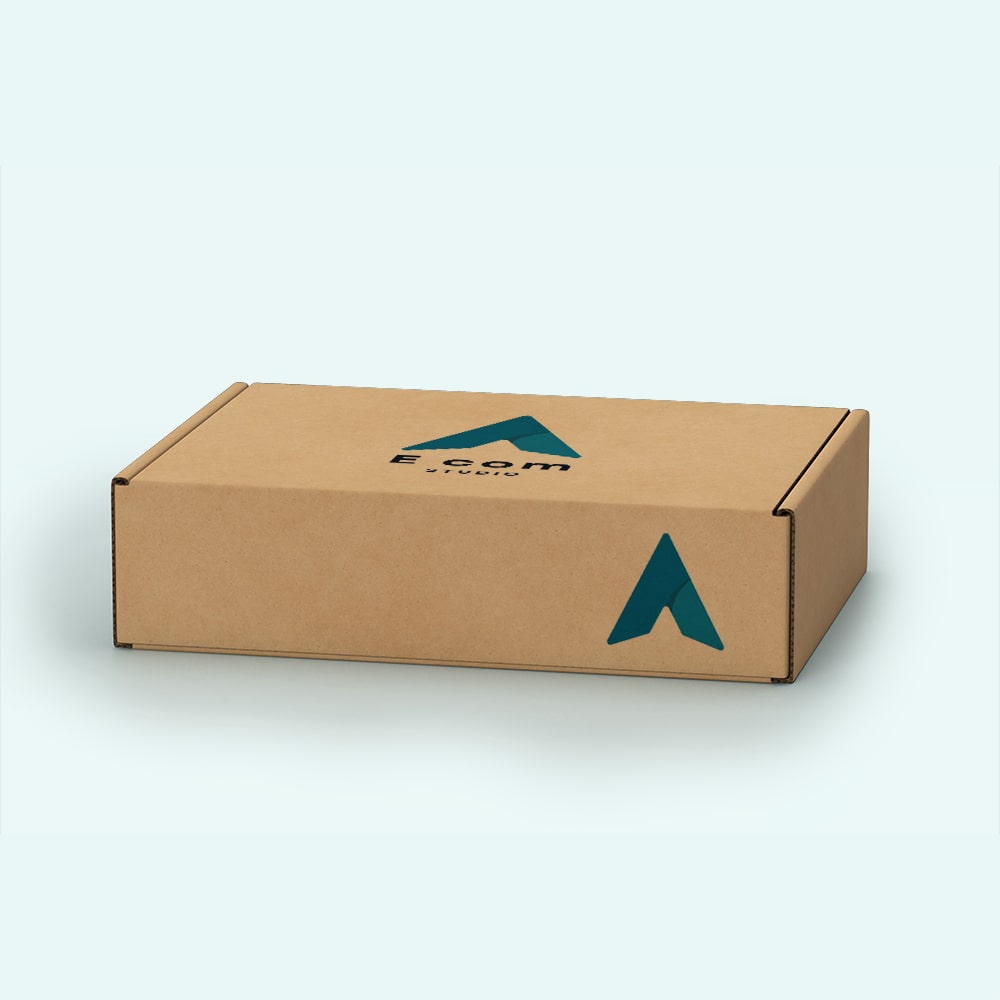Sophisticated Retail Packaging, Seamlessly Crafted
Elevate your brand with custom boxes and packaging designed to leave a lasting impression. Offering low minimums, expert design services at no extra cost, lightning-fast delivery, and endless customization options, our packaging specialists are here to help you craft attention-grabbing custom shipping boxes that make your product stand out.

Industries we serve
Find custom boxes for your industry
Discover our range of fully customizable retail boxes tailored to your industry – available in an array of unique shapes, custom sizes and colors. Our packaging specialists can help you find the perfect custom packaging boxes and provide a free custom quote in minutes.

Retail Boxes
Custom retail boxes with premium materials, vibrant designs, eco-friendly options, strong branding, and durability for perfect packaging

Food Boxes
Eco-friendly food boxes with premium materials, secure packaging, and custom designs for freshness, branding, and sustainability.

Cosmetic Boxes
Stylish cosmetic boxes with premium materials, custom designs, vibrant printing, and eco-friendly options for elegant branding.

Kraft Boxes
Durable kraft boxes with eco-friendly materials, custom designs, and sturdy packaging for sustainable and stylish product presentation.

Confectionary Boxes
Elegant confectionery boxes with premium materials, custom designs, and vibrant printing, ensuring freshness, protection, and eye-catching presentation.

Ecommerce Boxes
E-commerce boxes with sturdy materials, custom designs, secure packaging, and branding options for safe, stylish, and efficient shipping.

ABOUT US
About Our Brand
National Packaging is a premier provider of custom packaging solutions, catering to industries like retail, food, cosmetics, e-commerce, and kraft packaging. With a commitment to innovation and sustainability, they offer high-quality materials, vibrant designs, and eco-friendly options to enhance product presentation and brand identity. Their solutions are tailored to meet diverse business needs, ensuring durability, functionality, and aesthetic appeal. Backed by expert design assistance and quick turnaround times, National Packaging helps businesses create impactful, customized packaging that stands out in the market.
Interesting Facts
TESTIMONIALS
Customer Reviews
At National Packaging, we take pride in delivering high-quality, custom packaging solutions that exceed expectations. Our customers appreciate our durable materials, innovative designs, and eco-friendly options, ensuring their products stand out. With fast turnaround times and expert support, we help businesses enhance their branding and product presentation.



